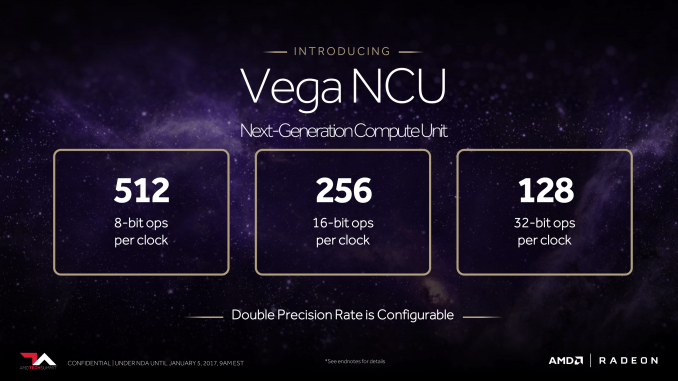Ive read on itand read other posters here. There will never be an instance or a game on the Pro that will use pure fp16 amd have the appearancw of 8.4 tf. That is a fact.
All you do is point back to a quote by Cerny and it was 100% PR theory talk. It will never happen.
Im bothered because you muck up these threads time and time again.
Fp16 is nothing more then an optimization tool at least as far as consoles are concerned
onQ123 is merely talking about published max. theoretical numbers, in a thread on a very technical subject where there's already an inherent assumption that the folks this information is for already understand the difference.
Nowhere did he state in anyway that the "2x fp16" metric was anything other than ma. theoretical, and so you and a number of others dog-piling him and more-or-less accusing him of spreading misinformation is at best unfair and at worst shitting up the thread more than what you're accusing him of.
AMD themselves quote the same theoretical maximum doubling of fp16 throughput. See below:
So shitting on onQ123 for merely stating published figures isn't really cool. onQ123 didn't make up these figures... AMD did. If you want to accuse anyone of being misleading, accuse AMD (and by extension Nvidia and every other computing IHV).
That the 2x performance metric, or 8TFLOPs fp16 numbers quoted by Sony, is a theoretical maximum and not an actual performance number is so self-evident to anyone who actually understands this stuff that it's not worth mentioning.
In fact, it's no more misleading than quoting 1.8TFLOPs as the fp32 GPU performance metric for PS4, as BOTH are theoretical max. figures. I don't see anyone jumping down the throat of people using those standard TFLOPs figures in discussion.
All published TFLOPs figures are bullshit marketing metrics published to promote a companies GPU product, that don't give the full picture in terms of actual performance.
So why don't we all learn to play nice and stop projecting shit onto posters who are clearly using the right context and correctly qualifying statements in their discussion.





